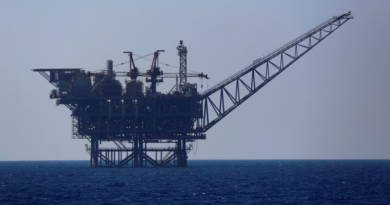Automobile Association predicts fuel price cut for May
The Automobile Association (AA) says a record decrease in the price of fuel is expected in May due to the lockdown and other factors.
The AA says petrol is expected to decrease by R1.74 a litre with diesel expected to fall by R1.56 and illuminating paraffin a whopping R2.18.
The Association says with the massive drop in fuel usage during April, due to the nationwide lockdown, revenue from the General Fuel Levy (GFL) which comprises about 25% of every litre of fuel will also suffer.
It says the government will lose between R6 billion and R7 billion in revenue through not collecting the GFL.
In early April 2020, the price of all grades of petrol decreased, when global oil prices crashed due to the coronavirus pandemic, which sent markets into a tailspin and a price war between Russia and Saudi Arabia further assisted in the oil prices crumble.
Oil prices climbed on Wednesday, trimming some of this week’s steep losses after US stockpiles rose less than expected and hopes grew for demand to pick up as some European countries and US cities moved to ease coronavirus lockdowns.
US West Texas Intermediate (WTI) crude futures jumped to a high of $13.85 and were up 8.8%, or $1.09, at $13.43 at 0038 GMT, paring a 27% plunge over the first two days of this week.
Brent crude futures rose 1.8%, or 36 cents, to $20.82, adding to a 2.3% gain on Tuesday.
US crude inventories rose by 10 million barrels to 510 million barrels in the week to April 24, compared with analysts’ expectations for a build of 10.6 million barrels, data from industry group the American Petroleum Institute showed on Tuesday.
“It’s a little bit of good news that maybe storages aren’t filling quite as quickly in the US as you would have thought,” said Lachlan Shaw, head of commodity research at National Australia Bank in Melbourne.
The market will get another read on US inventories when the US Energy Information Administration releases weekly data later on Wednesday.
While storage is rapidly filling up, production cuts by US shale producers, estimated by consultants Rystad Energy at 300 000 barrels per day (bpd) for May and June, should help slow flows into tanks.
That would add to production cuts of almost 10 million bpd agreed by the Organization of the Petroleum Exporting Countries (OPEC) and other large producers including Russia, or about 10% of global production, due to take effect from May 1.
At the same time, hopes for at least a slow recovery in demand helped to put a floor under oil prices, following two days of heavy selling in June contracts by exchange-traded funds looking to avoid the extreme volatility which hit WTI last week.
“The other thing coming through is more detail and a louder groundswell towards plans for removing COVID restrictions, particularly in Europe — in countries like Spain, France, Austria and Switzerland. That’s going to see demand pick up,” Shaw said.
Source: SABC News (sabcnews.com)


